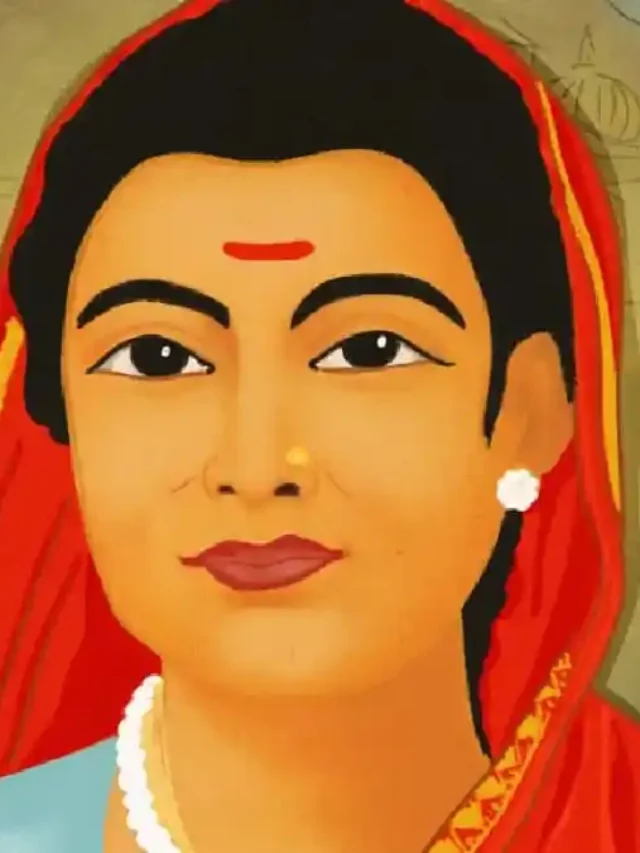India Hits a Milestone: ISRO Launches Its Heaviest Communication Satellite Yet, CMS-03
Cheteshwar Pujara : The Silent Hero of Indian Cricket Retires

Cheteshwar Pujara
Cheteshwar Pujara, as he announced his retirement from all forms of the game.
A Farewell to a Test Titan
On August 24, 2025, Indian cricket bid adieu to one of its most steadfast warriors, Cheteshwar Pujara, as he announced his retirement from all forms of the game. Known as “The Wall” for his unyielding patience at the crease, Pujara’s departure marks the end of a 15-year journey defined by grit, determination, and an unwavering love for Test cricket. This blog celebrates his extraordinary career, dives into his remarkable records, and reflects on the recent developments surrounding his retirement.
The Making of a Modern-Day Dravid
Hailing from Rajkot, Gujarat, Cheteshwar Pujara was born on January 25, 1988, into a cricketing family with a legacy of discipline and dedication. He burst onto the international scene in 2010 against Australia, showcasing a temperament tailor-made for the longest format. Unlike the flamboyant stroke-makers of the T20 era, Pujara carved his niche as a Test specialist, reminiscent of Rahul Dravid, with whom he shares the moniker “The Wall.” His ability to absorb pressure and bat for hours made him indispensable in India’s Test setup.
Cheteshwar Pujara career was a testament to his belief in process over flair. Whether facing fiery pace in Australia or swinging conditions in England, he stood firm, often shielding India’s batting lineup from collapse. His methodical approach wasn’t just about survival—it was about setting up victories.

Career Milestones and Records
Pujara’s numbers speak volumes about his consistency and impact. In 103 Test matches, he amassed 7,195 runs at an average of 43.60, including 19 centuries and 35 fifties. His highest score of 206 not out came against England in Ahmedabad in 2012, a knock that announced his arrival as a force in Test cricket.
Beyond Tests, Cheteshwar Pujara played 5 ODIs, scoring a modest 51 runs, but his heart belonged to red-ball cricket. In first-class cricket, he scored 20,285 runs in 260 matches at an average of 48.99, with a staggering 61 centuries. His domestic heroics for Saurashtra included leading them to their first Ranji Trophy title in 2019-20, a moment of immense pride for the region.
Statistical Snapshot
| Format | Matches | Runs | Average | Centuries | Fifties | Highest Score |
| Test | 103 | 7,195 | 43.60 | 19 | 35 | 206* |
| ODI | 5 | 51 | 10.20 | 0 | 0 | 27 |
| First-Class | 260 | 20,285 | 48.99 | 61 | 78 | 352 |
| List A | 126 | 5,259 | 54.77 | 14 | 34 | 158* |
Defining Moments
- Australia 2018-19: Pujara’s defining series came during India’s historic Test series win Down Under. Scoring 521 runs in four Tests, including centuries in Adelaide, Melbourne, and Sydney, he frustrated Australia’s bowlers with his marathon vigils. His 193 in Sydney, spanning 373 balls, epitomized his resolve.
- Ranji Trophy Legend: With 17 centuries in the Ranji Trophy, Pujara holds the record for the most hundreds in the competition, cementing his status as a domestic giant.
- Overseas Resilience: From his 145 in Colombo (2015) to his 132 not out in Southampton (2018), Pujara’s ability to deliver in tough conditions made him India’s go-to man abroad.

The Retirement Announcement
On August 24, 2025, Cheteshwar Pujara shared a heartfelt note on social media, announcing his retirement. “Fifteen years of wearing the India jersey has been an honor. From the dusty grounds of Rajkot to the MCG, every moment has been a privilege,” he wrote. He singled out the 2018-19 Australia series as his proudest achievement, a series where his stoic batting paved the way for India’s triumph.
The decision came after a two-year hiatus from international cricket, with his last Test being the 2023 World Test Championship final against Australia. Despite consistent domestic performances, including a prolific 2024-25 Ranji Trophy season, Pujara was overlooked for India’s 2025 England tour and the Duleep Trophy. Speculation about his participation in the upcoming 2025-26 Ranji season was put to rest as he confirmed his exit from all cricket.
Why Now?
Pujara’s retirement has sparked discussions about the challenges faced by Test specialists in modern cricket. Former teammate Ajinkya Rahane hinted at the selectors’ preference for younger, multi-format players as a possible reason for Pujara’s absence from recent squads. “He gave everything for India, but sometimes the game moves on,” Rahane said. The rise of aggressive batsmen like Shubman Gill and Yashasvi Jaiswal may have signaled the end of Pujara’s international chapter, prompting him to step away on his own terms.
A Legacy of Grit
Pujara’s career was more than numbers—it was about character. His 525-ball 202 against Australia in Hyderabad (2017) and his defiant 106 in Johannesburg (2018) showcased a player who thrived under pressure. Teammates and opponents alike admired his focus. Virat Kohli called him “the unsung hero of our Test victories,” while Australian captain Pat Cummins admitted, “He was the toughest to bowl to.”

Off the field, Pujara’s humility and work ethic endeared him to fans. Stories of him practicing for hours at his family’s cricket academy in Rajkot reflect his dedication. His contribution to Saurashtra’s cricketing culture has inspired a new generation of players from the state.
What Lies Ahead?
As Cheteshwar Pujara steps into retirement, the cricketing world awaits his next move. His deep understanding of batting technique positions him as a potential coach or mentor. A stint in commentary or a role with the BCCI’s junior programs could also be on the cards. For now, Pujara has expressed a desire to focus on family and explore opportunities to give back to the game that shaped him.
Also Read This : Tata Tiago 2025 : A Fresh Take on India’s Favorite Hatchback
Cheteshwar Pujara’s retirement closes a chapter of Indian cricket defined by resilience and sacrifice. In an era dominated by T20 razzmatazz, he remained a purist, reminding us of the beauty of Test cricket. His legacy will live on in the records he set, the victories he forged, and the hearts he won. As we salute The Wall, we celebrate a cricketer who proved that sometimes, standing still is the greatest act of defiance.


